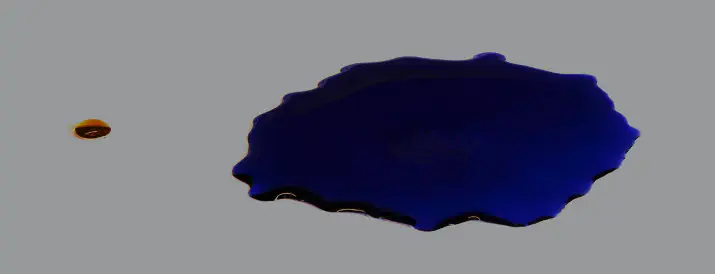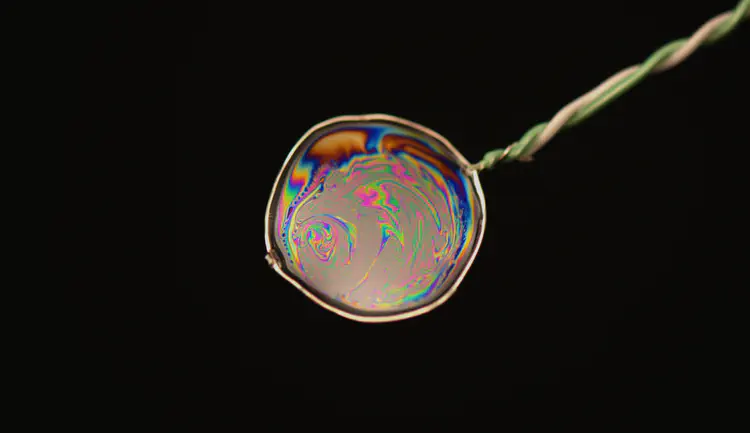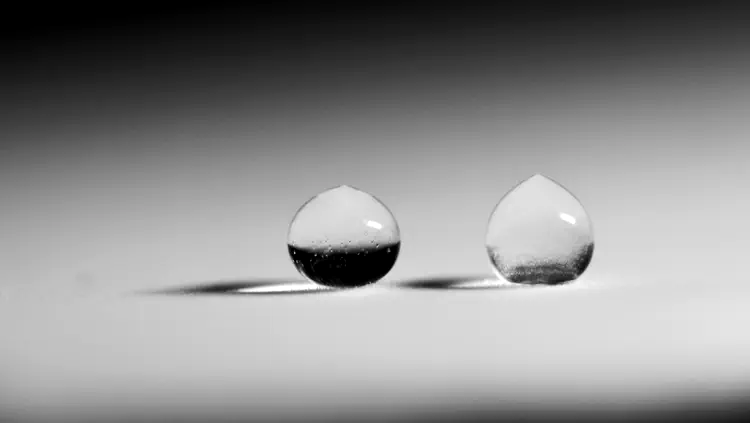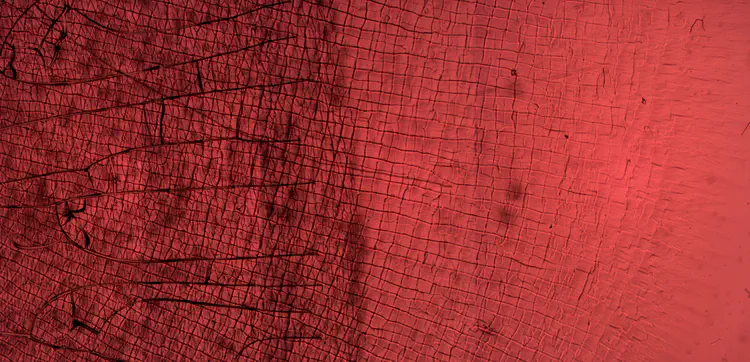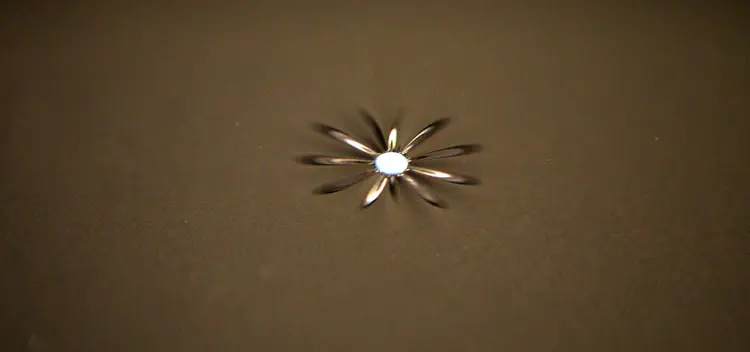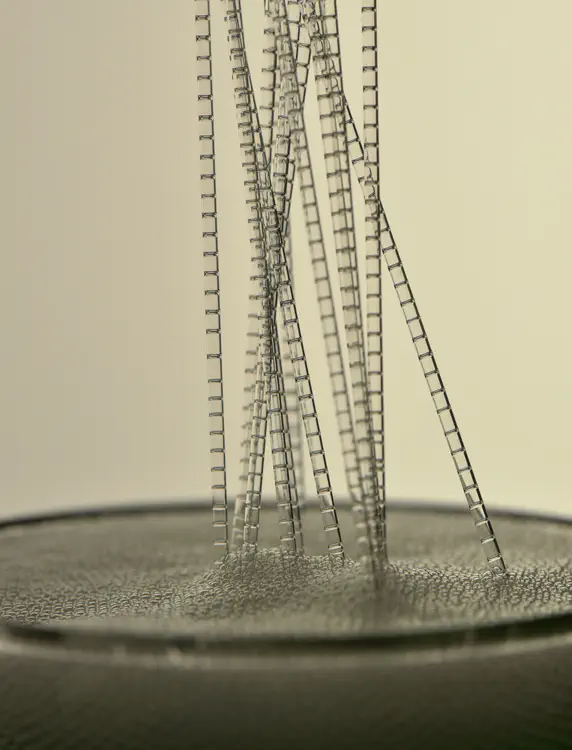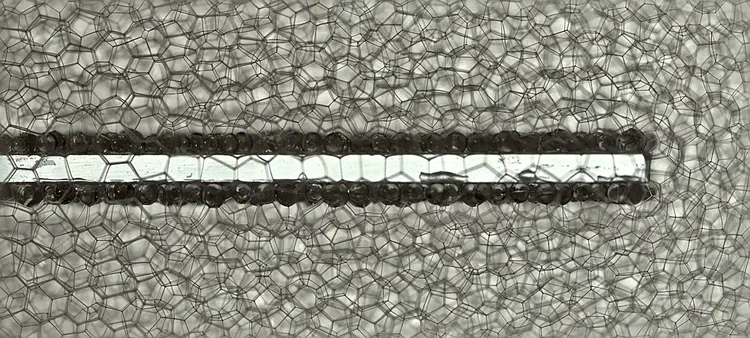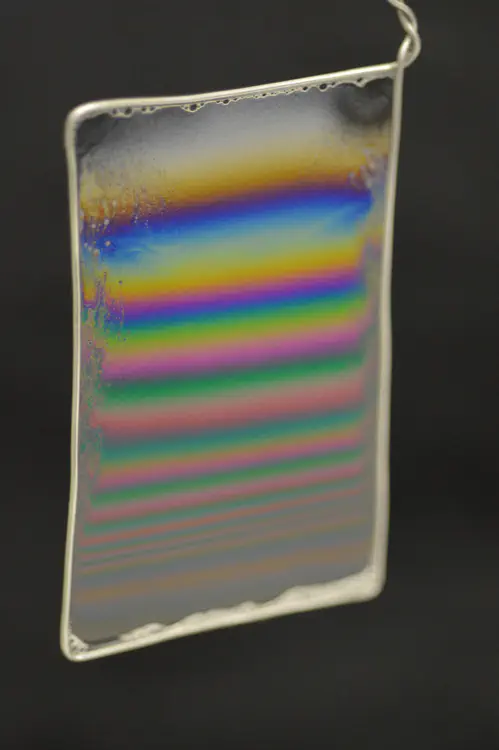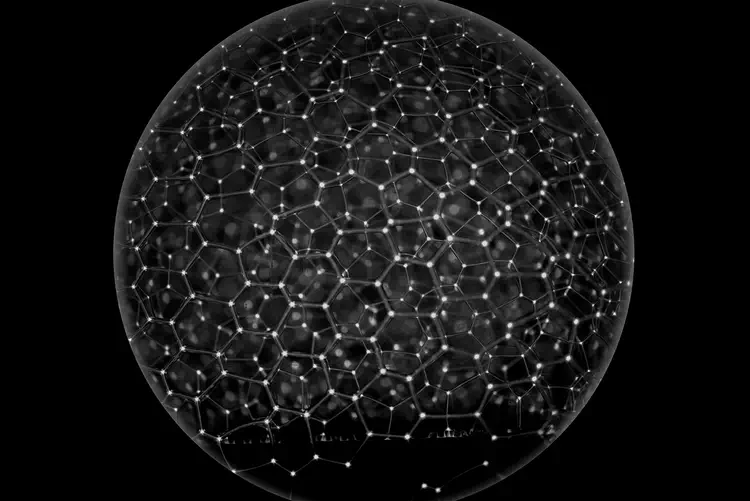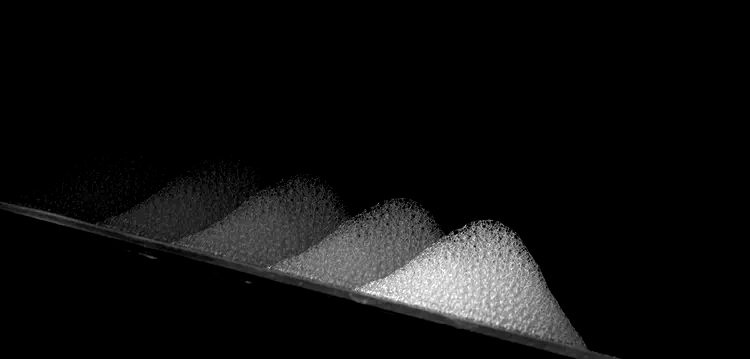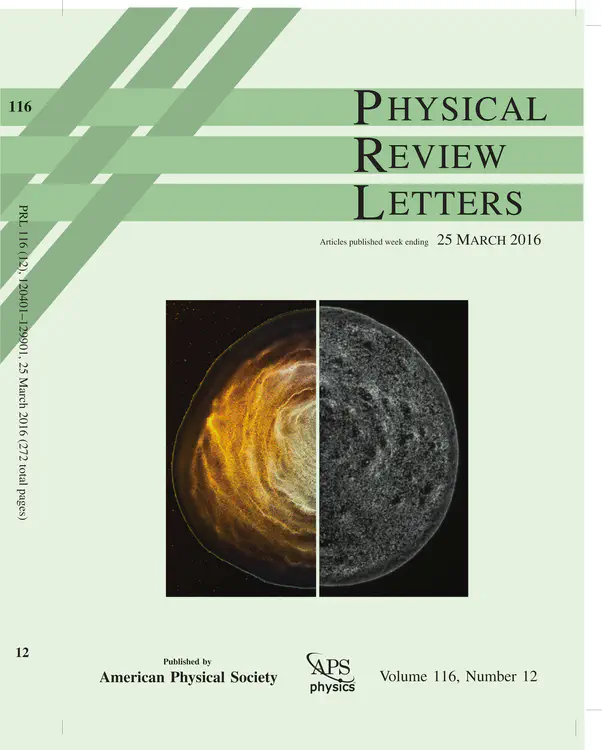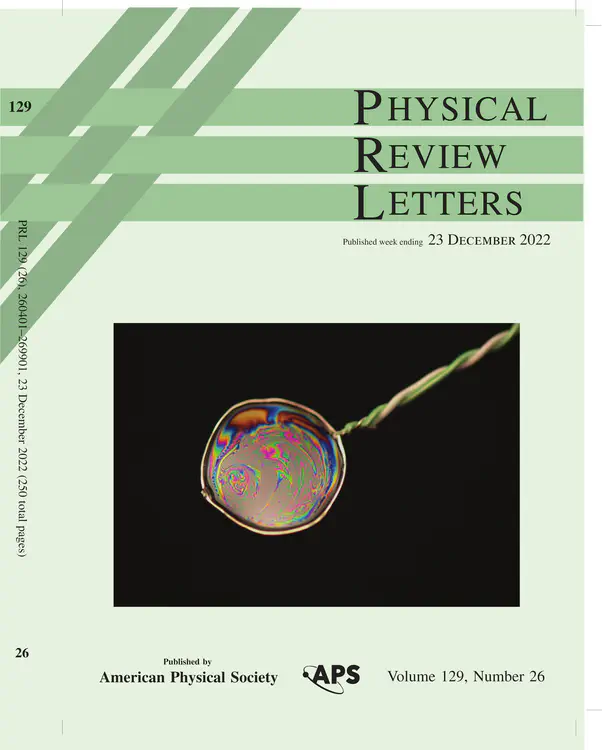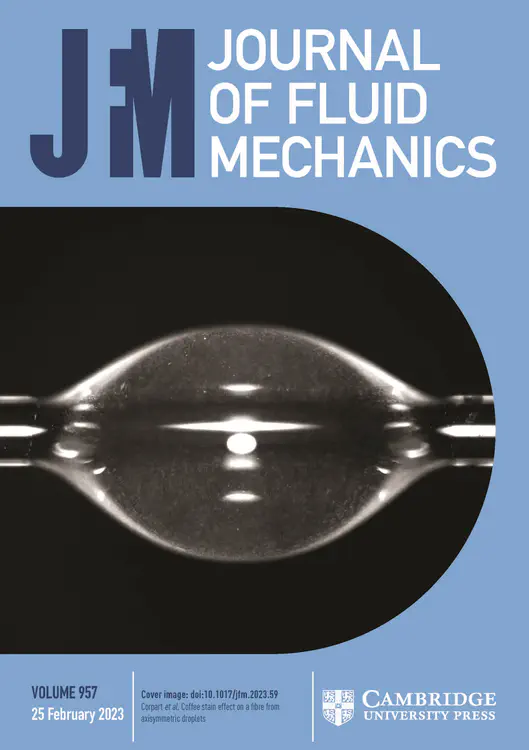François Boulogne
CNRS researcher, HDR
CNRS, Laboratoire de Physique des Solides (LPS), Paris-Saclay University
Afffiliated to EDPIF
Biography
My research activities fall under the umbrella of a common theme, phase transitions in soft matter. More precisely, my topics focus on the role of solid surface roughness in shear thinning of foams; liquid evaporation in fibrous materials and under forced convection; and solidification where the morphology is governed by physical chemistry. Download my CV .
- Evaporation and drying
- Foams
- Freezing
- Complex fluid flows
-
PhD in Soft Matter, 2013
Université Pierre et Marie Curie
-
Accreditation to direct research (HDR), 2020
Université Paris-Saclay
Reasearch Topics
Recent papers
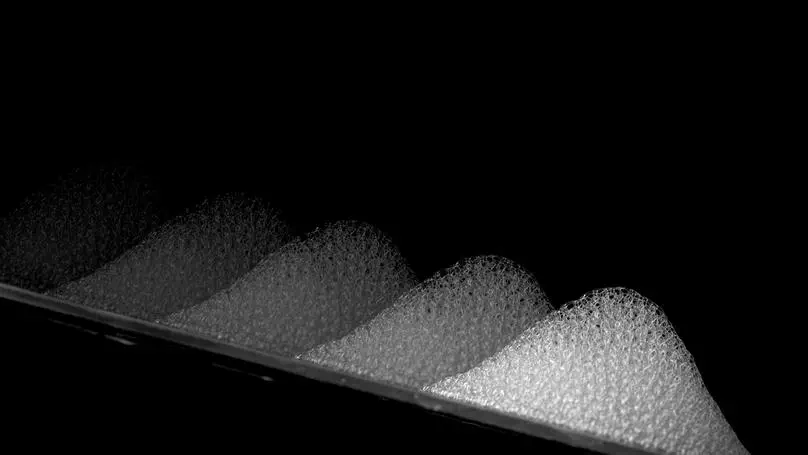
Acquiring a comprehensive understanding of the interplay between foam friction and surface roughness is essential for achieving precise control over their flow dynamics. In particular, a major challenge is to reduce friction, which can be achieved with rough surfaces in the situation where a liquid infuses the asperities. In this study, we propose to explore self-infused surfaces. We first present simple observations to demonstrate the effectiveness of our surface design by recording the motion of a foam puddle on a smooth surface and self-slippery liquid-infused porous surfaces. To quantify friction reduction, we conduct stress measurements on surfaces moved at a constant velocity. Finally, we interpret the variation of the friction force with the velocity by a model considering an effective slip length of the surface. This research paves the way for a unique approach to mitigate dissipation in liquid foam flows, holding significant implications for reducing energy consumption in conveying foams for industrial processes and various end-use applications.
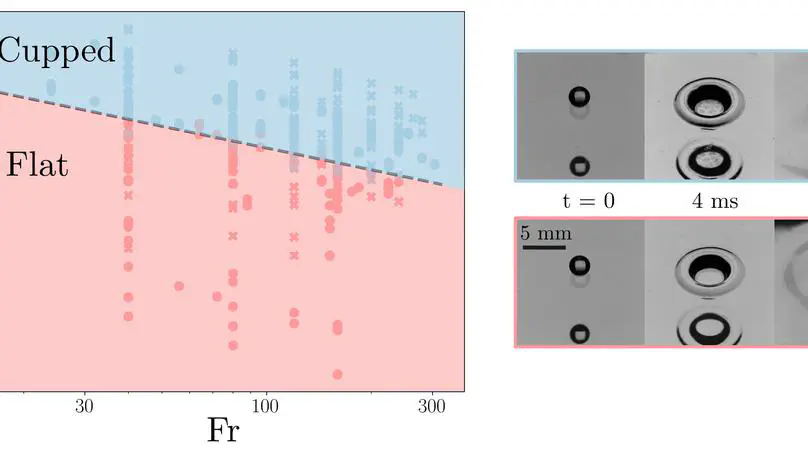
We present an experimental study on the freezing of alkane drops impacted on a liquid bath. More specifically, for drops of hexadecane and tetradecane on brine, we found a morphological transition of the solid between a flat disk and a cupped shape. We show that this transition depends mainly on melting temperatures and thermal shock, and varies weakly with impact velocity. We observed that the impact dynamics do not depend on the thermal shock before the drop starts to solidify, which allows a rationalization of the solid size by models established for impact without phase change. Finally, we show that the relevant timescale setting the onset of solidification is associated with the formation of a thin solid layer between the drop and the bath, a timescale much shorter than the total solidification time. These findings offer the possibility of collapsing the data for both liquids in a single-phase diagram.
Publications
Contact
- francois.boulogne u-psud.fr
- 330169155364
- bat 510 rue Nicolas Appert, Orsay, 91400
